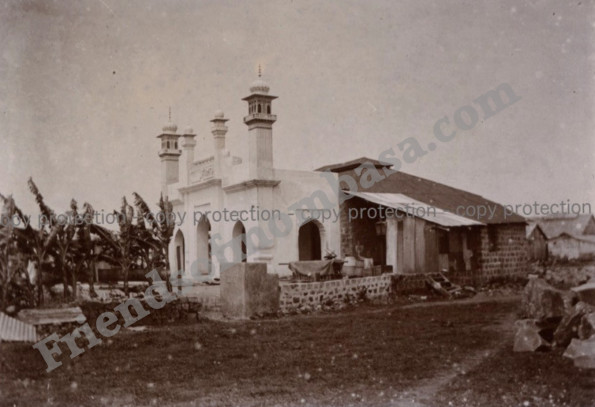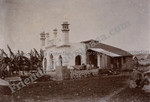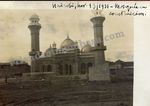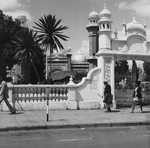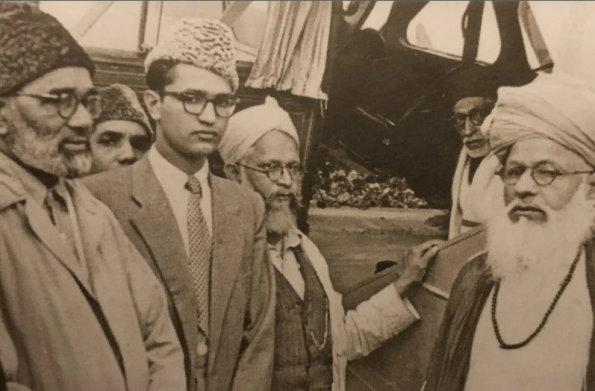Jamia Mosque became the centre of Muslim religious organization throughout the pre-independent and independent years.
Jamia Mosque was founded in 1902 by Syed Maulana Abdullah Shah of the Sunni sect, but construction did not begin until 1925 due to an edict prohibiting Indians and Arabs from owning land in Nairobi.
Worship took place in a temporary iron sheets structure in the interim period. As Nairobi soon became the established capital of the colony, the congregation outgrew the original structure.
Plans for the new building were modelled after mosques built by two famous Mughal emperors, that of Shah Jehan in Delhi and that of Aurangzeb in Lahore. The municipal council objected that the minarets were too high and they were duly lowered, but it was still to be the tallest landmark of its time in Nairobi.
https://mosqpedia.org/en/mosque/1424
Saints of the Savannah Series: The Great Cleric
Buffalo and lions roamed the periphery of the swampy lands, that were uninhabited except for the meeting of the Kikuyu and Maasai peoples, who occasionally brought their cattle to graze. Wet, infertile and with a high-altitude, the Maasai called it Enkare Nyorobi – ‘the land of cool waters’. This area was never meant to be a settlement, but in 1896, the Lunatic Express arrived. The builders of the railway line set up a small depot and a camp on the plains. There was no plan beyond that; Nairobi was merely one link in a chain of such supply depots.
Airplane at Wilson Airport, Nairobi, carrying the coffin of Sayyid Abdullah Shah, April 1952. The individual on
the right is Mawlana Abdul Aleem Siddiqui. Photo courtesy Abdul Aziz Chisti.


